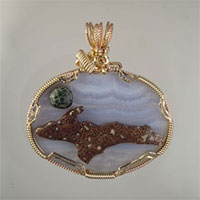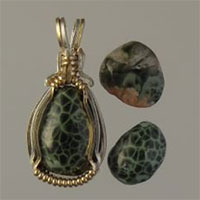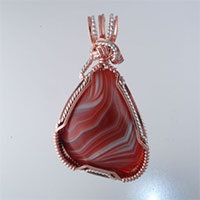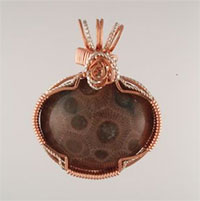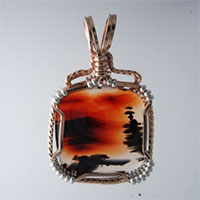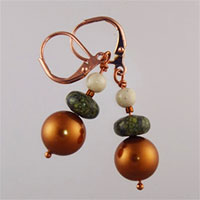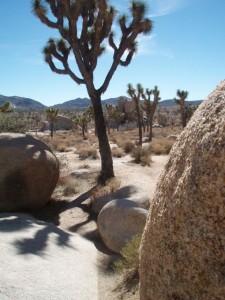
Joshua Tree National Park is in the southeast corner of California, and is not so well known as Yosemite or Sequoia, but we enjoyed our drive through the park on a sunny cool day. The tourist rush was absent in the middle of the week.
The Joshua Trees are really Yucca brevifolia, a member of the Agave family. This slow growing yucca grows a half inch a year. The oldest tree in the park is 40 feet high. Many native critters use the Joshua tree as a home or food source. It was a useful plant to the early American Indians for baskets and sandals, and seeds were an addition to their diet. Later homesteaders used the trees and limbs for fencing, and even as fuel for steam engines to process ore. Each branch represents a time when temperatures reached freezing, and a flower resulted, the only time branches occur. The trees have a Dr. Seuss-like look, don’t you think?
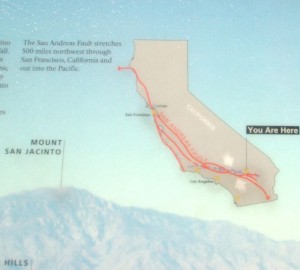
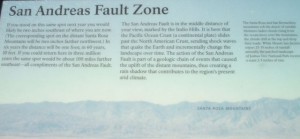
Geologic features include unearthly landscapes, many giant rock piles and rocks lined up at crazy patterns. Geologic faults crisscross the area and together with erosion, floods, wind and especially water have shaped the landscape. We overlooked the San Andreas Fault and Palm Springs in the valley below Key View.
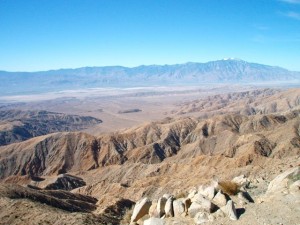
Do you see the dark line down the center of the valley? That's the San Andreas Fault. This is one especially for my fans of plate tectonics.
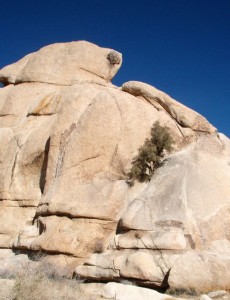
Snoopy?
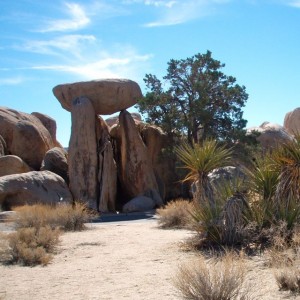
Obviously the entrance to Bedrock.
Most entertaining were the rocks that appeared to be shaped in whimsical sculptures. We saw a bear, what appeared to be the entrance to the Flintstone town of Bedrock, and a scull that would fit into any Pirates of the Caribbean movie. We witnessed rock climbers and hikers. I am not capable of hiking long distances with one bad leg, but Bonnie hiked into Hidden Valley where the cattle thieves used to hide their rustled cattle!
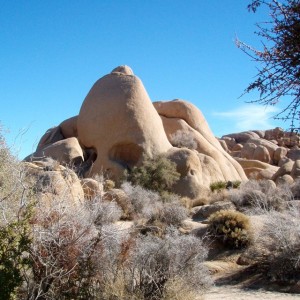
Skull Rock-let's get closer.
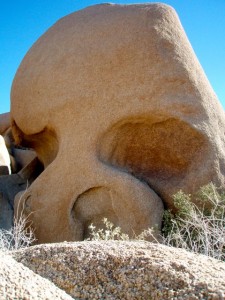
Closer-AMAZING!
It is a spacious park, with a long drive from north to south, but it was interesting and of great interest to folks you are interested in geology. The big rocks got even bigger in a small area, and by the time we left the park at the southern edge, the rocks had been mostly replaced by valleys crossed by washes and smaller rock. The washes had some interesting names. We saw Smoke Trees at the Smoke Tree Wash, but we did not see any Porcupines at Porcupine Wash, or Fired Liver at the Fried Liver Wash!
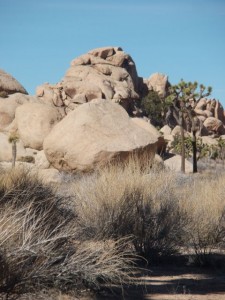
We are accepting guesses of what this is.
The visitor center showed three rock samples: gneiss, granite with apatite, some quartz mixture, nothing too exciting to a jewelry-maker.
We drove the nice road provided by the National Park Service. The vastness of the territory makes us remember the struggles of the homesteaders and miners who traversed the area by donkey or oxen cart.
Our source on the trees and rocks was the NPS publication on Joshua Tree National Park..


